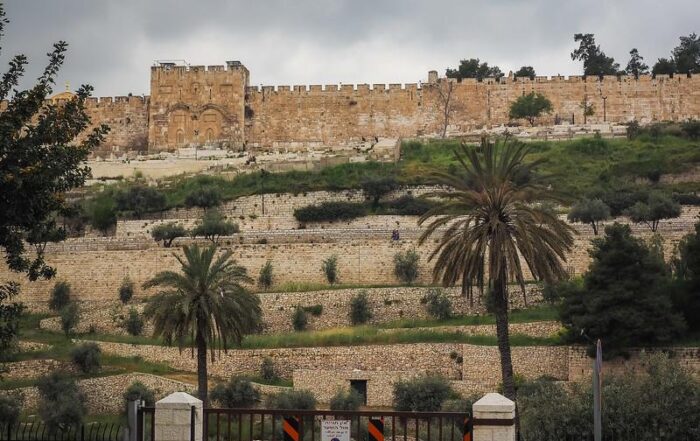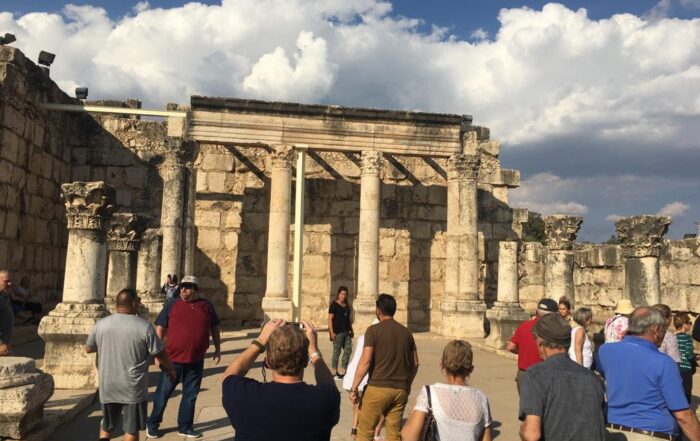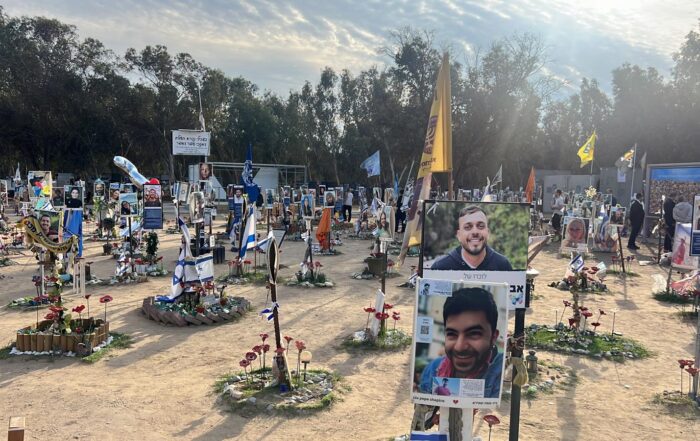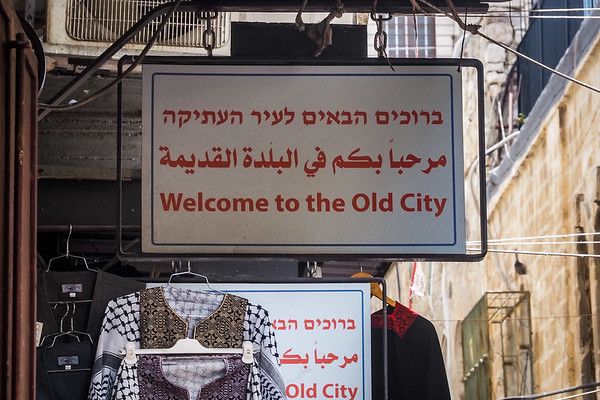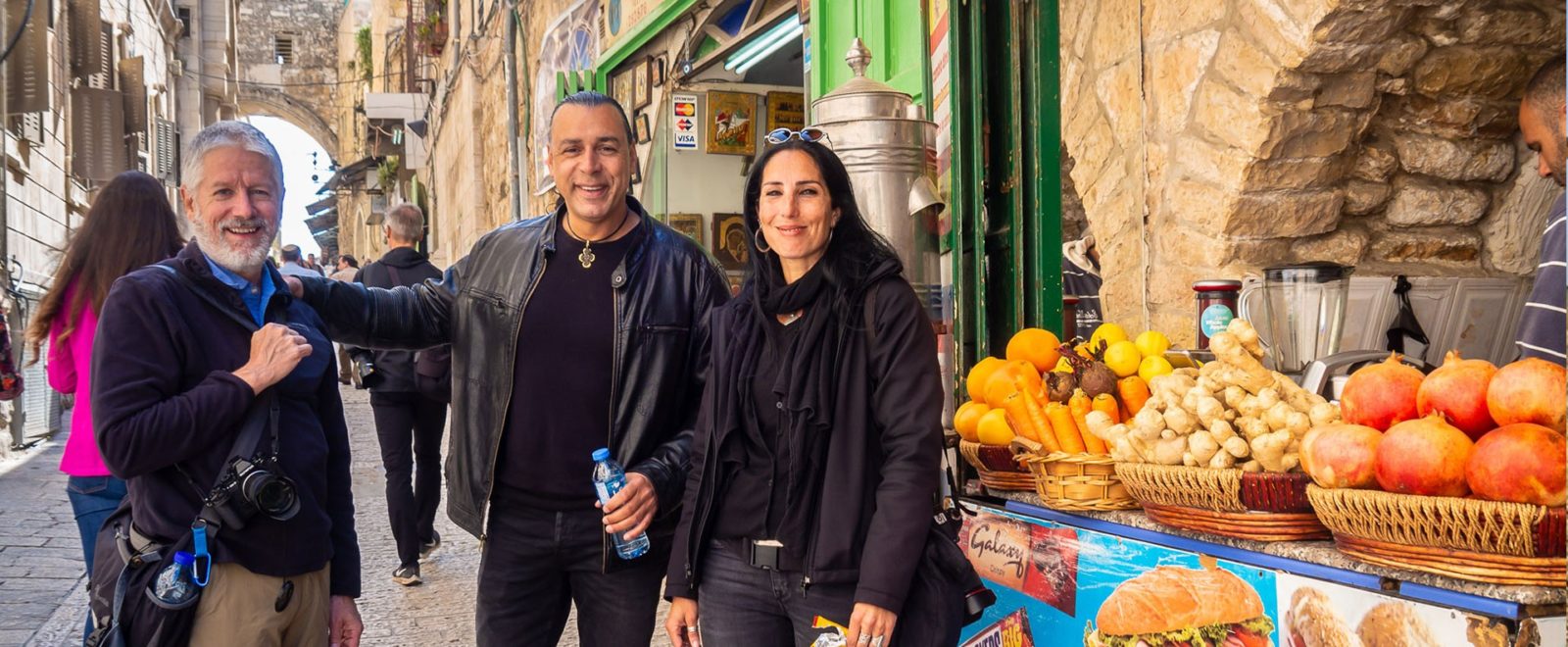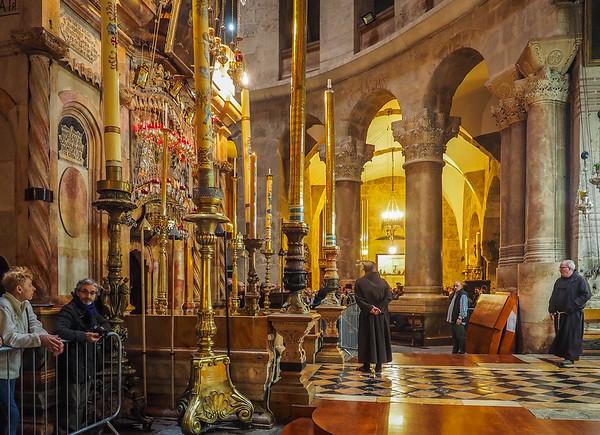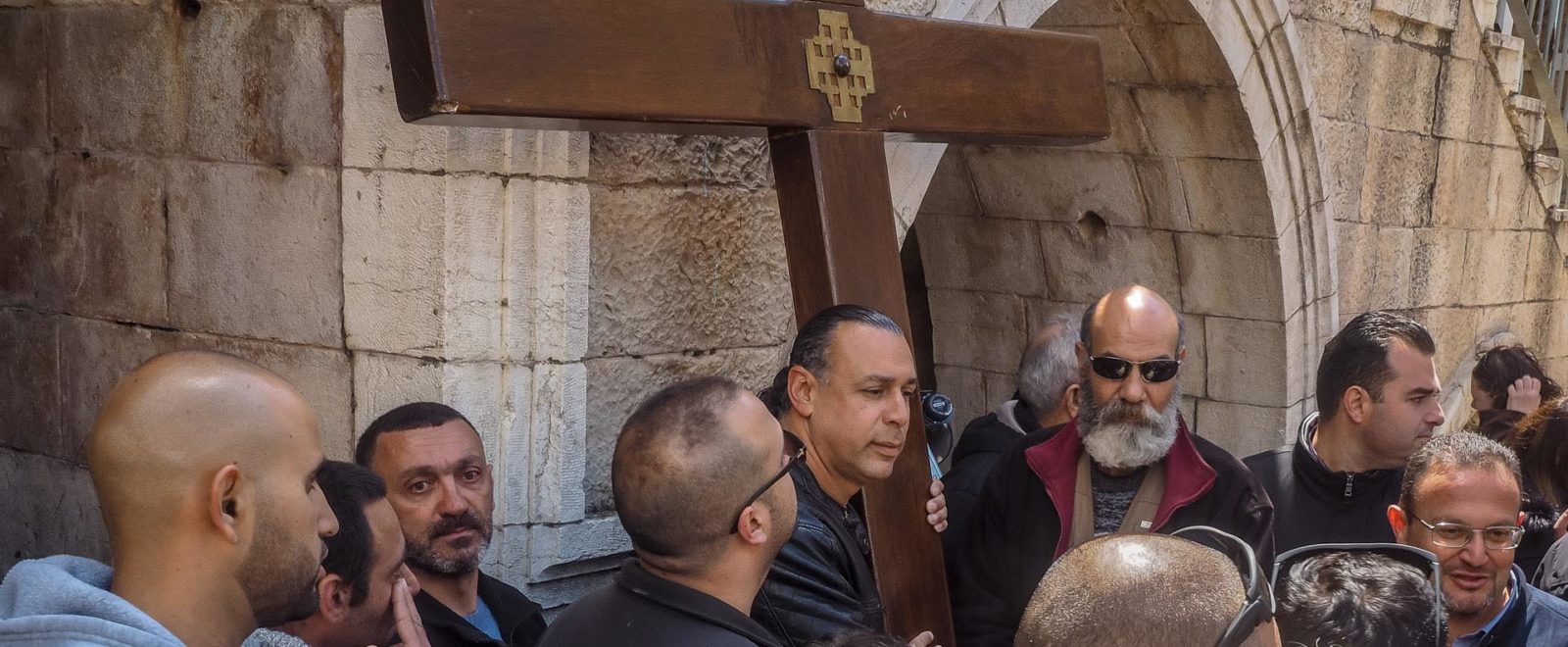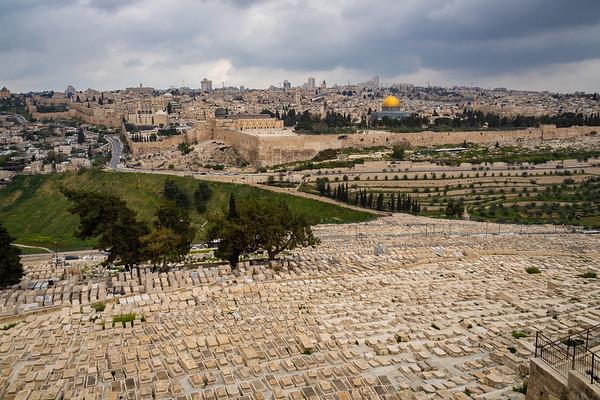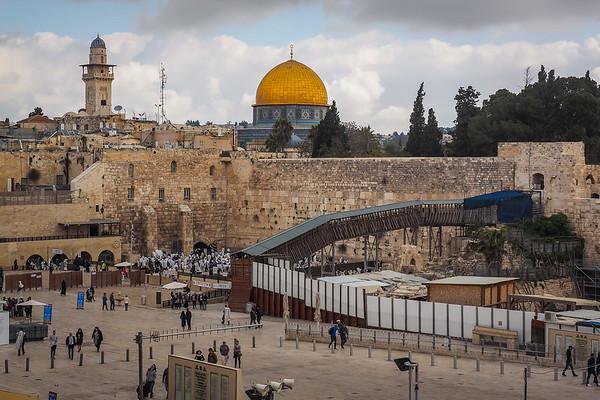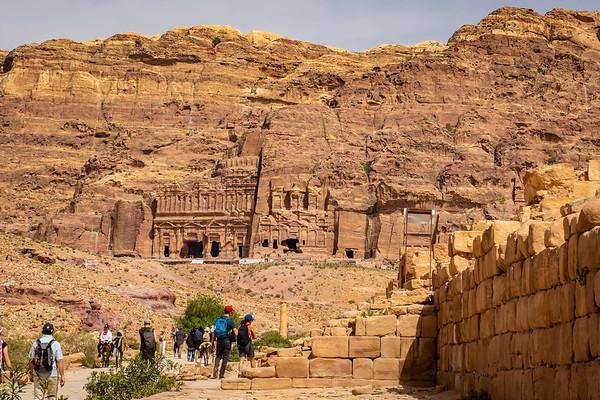Luxor is one of the popular and most influential cities in modern and ancient Egypt. While the ancient Egyptians called it ‘Waset’, it used to be referred to as ‘Thebes’ by the Greeks in the early years. Its headlong amassment of old and ancient Egypt sites, tombs, and temples, made it recognized as an open-air museum. It easily became one of Egypt’s most spectacular and greatest urban centers as it was identified to possess one-third of the monuments found in the world.
Luxor’s location is the great River Nile, between the East and the West Bank, 500km from the south of Cairo, the modern Egyptian capital. This location is a common pathway for tourists and the local inhabitants, with ferries or boats (felucca).
It is said that because of Luxor’s (Thebes’) massive wealth and legendary power, the beginning of the 19th century witnessed an influx of Western travelers.
How to Get to Luxor
Luxor is a short 20 minutes leap from the Luxor International Airport into the city center, which spans only through three main roads. A boulevard spins through the banks of the River Nile, which is the central location for all the attractions of the city.
The second main road is al-Mahatta, the street that is the link for the train route. The final main road is al-Karnak; here is the street that travels from Karnak Temple past the Luxor Temple, through to town. For the train route, Luxor trails on the railway mainline that leads to the Nile north to Cairo (a 10 hr trip), and south to Aswan (3-4 hr). Luxor and Aswan’s distance is rather little for a flight trip but appropriate for a bus or train ride.
From Luxor city, you can stroll to the temple from the many hotels in the vicinity. If on the west bank, there are cheap ferries that go across the River Nile and stop near the temple.
Some Famous Attractions of Luxor
Luxor Temple
This was popular in ancient Egypt around 1400 BC when Thebes was the capital of the Egyptian kingdom for centuries. Luxor Temple was built on the East bank of the River Nile and collectively erected by pharaohs Amenhotep III (18th dynasty) and Ramesses II, with few others like Tutankhamun, Seti 1, Alexander the Great, and the Romans.
During Roman times, being the Christian era, the temple was taken over, and parts were transformed into a church. The years following, while in the Islamic period, Muslim settlers built over what was almost fully buried by sand over time, the Luxor temple. The Mosque of Abu el-Haggag was built right inside the grounds (over the foundation).
Karnak Temple
Karnak Temple is safely situated on the East Bank of the River Nile, in proximity to Luxor Temple and the city of Luxor. It stretches over 400 hectares (900 acres) – large enough for 10 Cathedrals. It is as though a complex of Chapels, Sanctuaries, and Temples.
Within Karnak Temple, this complex comprises three distinct temples. There is the largest central sector dedicated to one of the gods associated with Thebes, Amon; The Precinct of Amun-Ra. It is only this sector that is open to the public. The south of this area is a precinct dedicated to Amon’s beloved, the goddess Mut. The north has the third precinct dedicated to the god of war, Montu.
Every pharaoh worthy of recognition (about 30 pharaohs) added temples or chapels; enlarged or embellished part of the complex in awe of Amun. This was over 2,000 years from the Middle Kingdom through to the Ptolemaic times. This elevated Karnak as one of the largest and most majestic temple complexes in the ancient world.
Valley of the Kings
The Valley of the Kings was intended as a resting (burial) place for the nobles, the new kingdom rulers, of the 18th through to the 21st dynasties. The Valley, surrounded by cliffs but secured between rocky escarpments, is situated close to the river banks. The landscape is astonishingly kissed with dunes that expand almost to the edge of the water of the River Nile.
This Valley bears magnificent vivid paintings with texts or scenes adorned on the walls of the tombs. Greatly over 60 tombs and chambers are known to be in this Valley, all of which belong to the glorious names of Egyptian history. As excavations continue, more tombs were discovered; it is believed there could be many more.
The Valley of the Kings has marked a World Heritage Site in 1979, and recently, remains one of the most important and sought-after archaeological sites in the world.
Valley of the Queens
The Valley of the Queens occupies the tombs of princesses, princes, queens, most of the 19th and 20th dynasties. This Valley is situated close to the Valley of the Kings. Almost 80 tombs have currently been identified, most of them excavated, some unfinished and without decoration.
Amongst all, only four tombs are open for public viewing, but one of the groups which stand out is the Tomb of Queen Nefertari, the wife to Ramesses II, the pharaoh famous for building the temples at Abu Simbel.
Nefertari’s tomb bears remarkable paintings and astronomical motifs on the ceiling and across the chambers’ walls.
Conclusion
Luxor is often described as one of the planet’s astonishing outdoor museums anywhere and offers visitors the opportunity of experiencing almost one-third of all ancient antiquities known to man. The modern city as it is known now was built right along with these ruins. It conjures a fascinating mix of old and new.
Being a former capital of Egypt, and with the ancient pharaohs’ efforts at immortalizing themselves, Luxor city is loaded with great Egyptian remains of temples, complexes, and artifacts from times past.
It would span weeks to absorb and experience all that Luxor has to offer, so let us begin to plan now!
Subscribe for Deals & Offers
Recent articles
Book a tour
Visitors Share Their Experience
Highest recommendations to use Holy Land VIP Tours! Our family of five wanted to visit Jerusalem and surrounding Christian sites but wanted to be on our own, without a large travel group.
We traveled with Holy Land VIP tours and Daniel was our guide. We felt very safe, and our accommodations were excellent. We were able to visit all of the Christian Holy Land Sites.
Daniel was able to take us to all the places we wanted to go and enable us to get into many places because he knew someone! He is very knowledgeable and accurate in the places.
Daniel and his Holy Land VIP Tours team were superb in all regards. We had a customized and flexible 7-day tour of Israel, including the northern coast, Galilee, Golan, etc.

Tripadvisor Certificate of Excellency
2017-2019
Bryan Hubert Hendriks
Travelers’ Choice Award
2020 & 2023

